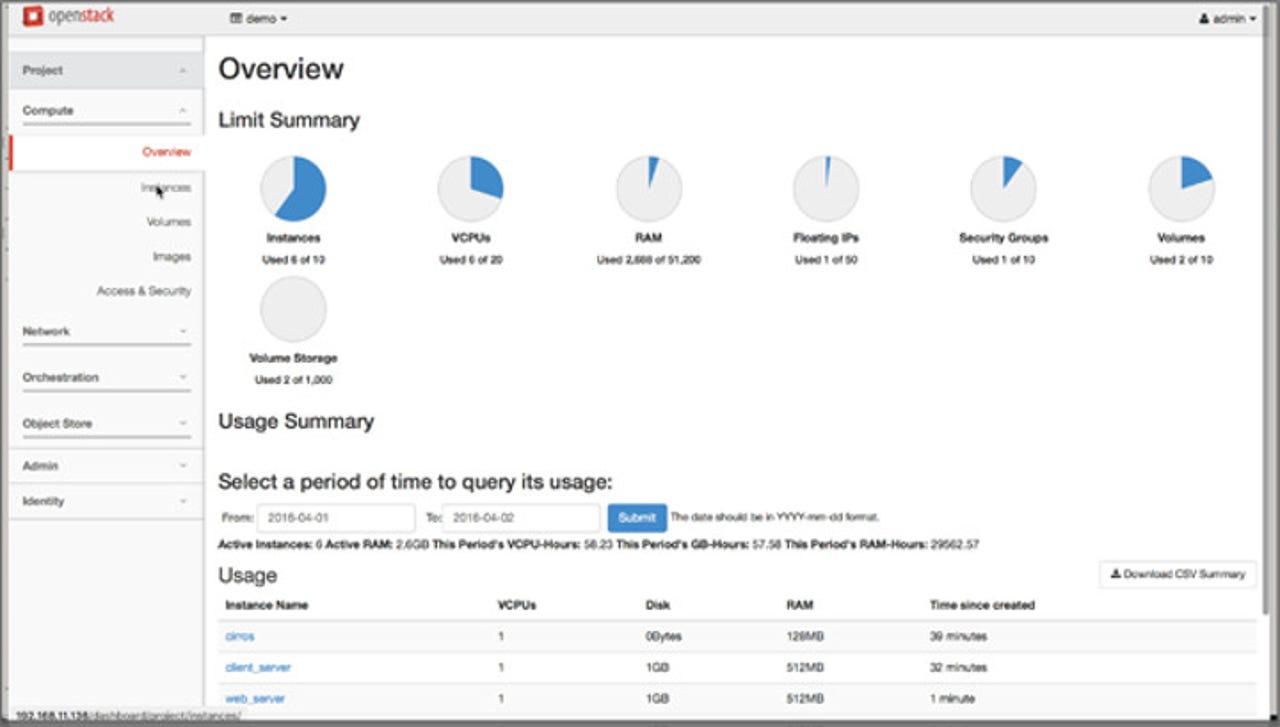OpenStack Mitaka arrives with a focus on easier deployment

OpenStack Summit, the bi-annual OpenStack infrastructure-as-a-service (IaaS) cloud conference, doesn't start until April 25. But the next release of OpenStack, OpenStack Mitaka, is already out.

OpenStack Mitaka is much easier to deploy and use then previous versions of this popular open-source cloud.
The focus on this release is to make OpenStack easier to deploy. OpenStack, which has tried to be all things to all cloud users, had become both very powerful and very difficult to install and manage.
That might have been acceptable in OpenStack's early days when only technical experts from NASA and Rackspace were using it. Today, with major corporations such as AT&T, Comcast, SAP Time Warner, and Volkswagen deploying it in production, that doesn't fly.
So, according to OpenStack Foundation COO Mark Collier the developers have been working on making, setting up, and configuring OpenStack a bit easier by setting up more default settings for the platform's core components. These, in turn, have been based on the best practices. For example, OpenStack's Keystone identity service, which enables sysadmins to integrate identity services like Active Directory, now has a much easier set-up routine.
The Nova compute service is also now much easier to set up. It also has additional standard defaults and fewer manually selected options.
Cloud
Another example of this easier setup is found in Neutron, OpenStack's Software Defined Networking (SDN) functionality. Neutron also now features improved Layer 3 networking and Distributed Virtual Router (DVR) support. For most users, what will get their attention is that Neutron now has a "give me a network" feature. As the name hints, this consolidates the process of creating a network, attaching a server to it, assigning an IP to that server, and making the network accessible, into a single action. Speaking as someone who's deployed Neutron: "Thank God!".
Mitaka also features continued advancements for scaling OpenStack clouds. For example, OpenStack's orchestration engine Heat can now handle larger loads and more complex actions for horizontal scaling while delivering better stateless operations performance. Similarly, in Keystone, fernet tokens, which are used for encryption, increase how many application programming interfaces (API) operations Keystone can support.
Perhaps the single best improvement is that the new OpenStack Client provides a consistent set of calls for creating resources so that end users don't have to learn the intricacies of each service API. The OpenStack client is an all-in-one replacement for the previous service-based clients, built on the core principles of consistency, simplicity, transparency, and user-centered design. Once more, and with feeling, "Thank God!"
OpenStack is now not for everyone to deploy from the code. It's a very complex cloud. I recommend most companies look to OpenStack distributions such as those from Mirantis, Ubuntu, and Red Hat. These make deploying OpenStack much easier. But, if you want more control over your OpenStack cloud, it's becoming much easier to get it to work just the way you want without requiring OpenStack developers on staff.
Related Stories: